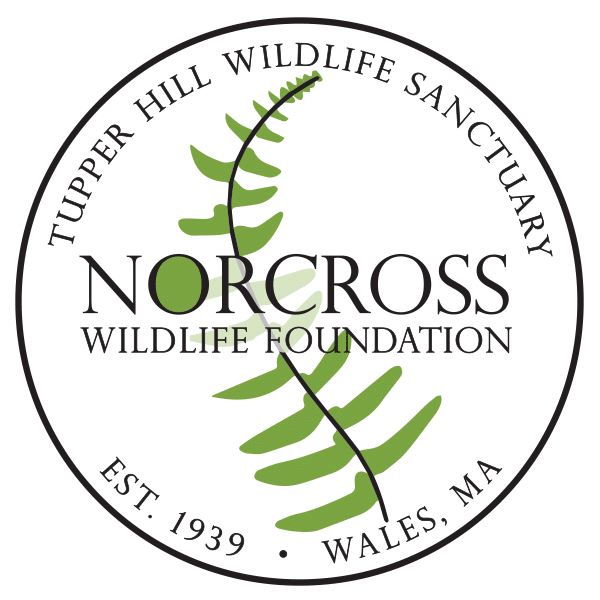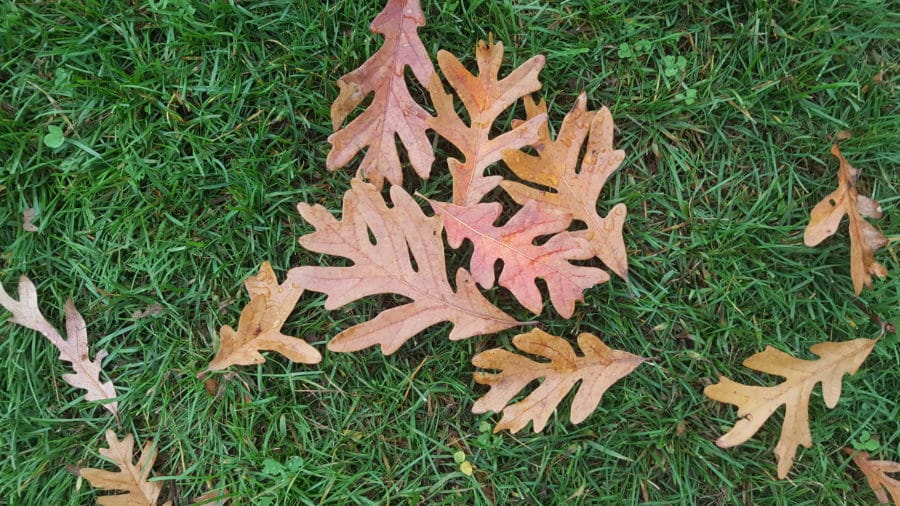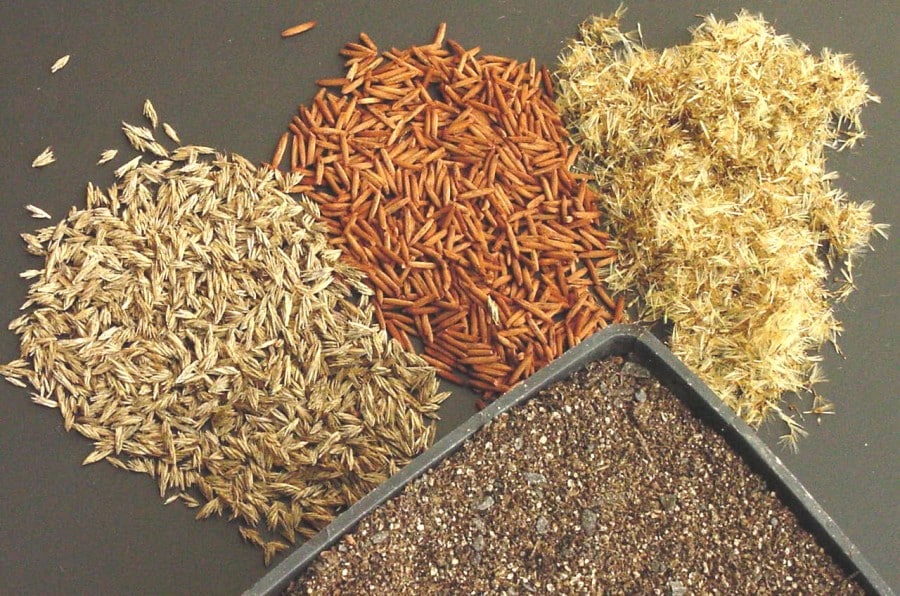Last week I had an opportunity to visit the Pinelands National Reserve in New Jersey. This encompasses 1.1 million acres in southern New Jersey reaching from the coastline to about 26 miles inland at its widest point. Driving down the Garden State Parkway, the change at the Pinelands is VERY obvious. Instead of a variety of deciduous trees, the forest becomes primarily pitch pine.
For me the Pine Barrens is my botanical mother. I went to college in New Jersey and even as a history and political science major I was required to take a science course. Botany 101 seemed like a good choice – no chemistry, no physics. I figured I could handle plants. I fell in love. Botany was interesting, I was required to draw plant cells and plants themselves, I learned how to use a dichotomous key and we took field trips – to the Pine Barrens.
Early settlers called this area the Pine Barrens because the soil is very sandy and acidic as a result of the pine trees so it was difficult or impossible to grow crops here. What does grow is an incredibly diverse and unique flora or set of plants. There are many rare and unique plants and animals found in the Pine Barrens – some species are specific to this habitat, some just are not very common anywhere.
I have been fortunate to take a number of guided trips to the area. I have seen the curly grass fern (Schizaea pusilla), grass pink orchid (Calapogon pulchellus) and the more common Virginia chain fern (Woodwardia virginica). There are also a “pygmy pine” forest growing in the Pine Barrens. Part of the Pine Barrens is subject to periodic fires and the pine trees do not grow as tall. I remember visiting the pygmy pine forest in college, many years ago, and seeing locals collecting pine cones to sell for Christmas wreathes.
We started our trip in Batsto which was a bog iron and glass making village from 1766 until 1867. The village has been restored and the nature center museum offer lots of great information about the site. We walked the cedar loop in search of the rare curly grass fern. It was not a site I remembered and we did not find any curly grass fern, but it was a nice walk and we saw other unusual species such as Pine Barrens sandwort (Arenaria caroliniana), thread-leaf sundew (Drosera filiformis) and golden heather (Hudsonia tomentosa). There was a large, blooming patch of spoon leaf sundew (Drosera intermedia). Pitcher Plant (Sarracenia purpurea) and golden club (Orontium aquaticum) were also seen. Unwilling to give up my search I asked about a specific site that I remembered. We were able to locate the trail I had been on, maybe 18 years ago, which was in rather poor condition. I noticed that the trees had become much taller and that the shrub layer had grown in – there were 40’ Atlantic white cedar (Chamaecyparis thyoides) where I remember 15’ trees and the understory was filled with sweet pepperbush (Clethra alnifolia) and greenbriar (Smilax sp.). I was disappointed not to find this unusual fern, but I still loved visiting the National Pinelands Reserve.
Mr. Norcross was also enchanted by this rare place. Next week I will talk about our Pine Barrens garden at Norcross and the unusual plants you can see there as well.



